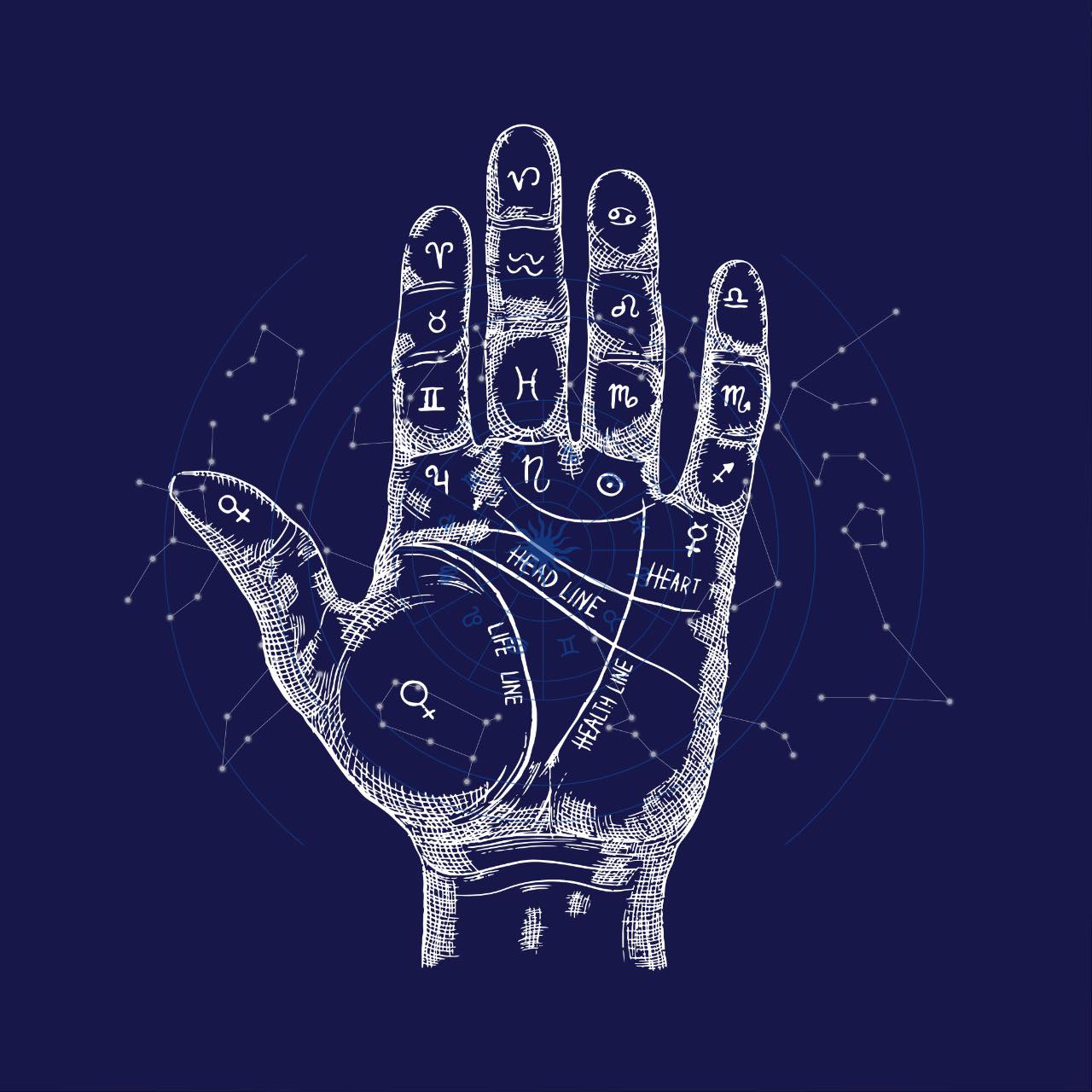
A title
Image Box text
Palmistry
Palmistry, also known as chiromancy, is the practice of interpreting the lines, shapes, and other features of a person’s palm to gain insights into their character traits, personality, potential, and even future events. Palmistry is based on the belief that the palm of the hand can provide valuable information about an individual’s life and characteristics.
In palmistry, a palm reader examines various aspects of the hand, including the lines, mounts, shape, size, and texture of the palm and fingers. Each of these elements is believed to correspond to different aspects of a person’s life and personality. Here are some of the key elements considered in palmistry:
-
Lines: The major lines analyzed in palmistry include the life line, head line, heart line, and fate line. These lines are believed to represent different aspects of a person’s life, such as vitality, intellect, emotions, and destiny.
-
Mounts: The mounts are the fleshy areas on the palm beneath each finger. The size, shape, and prominence of these mounts are believed to reveal characteristics and strengths
-
associated with the corresponding planet or energy. For example, the mount beneath the Jupiter finger is associated with ambition and leadership.
-
Shape of the Hand: The shape of the hand is categorized into different types, such as earth, air, fire, and water hands. Each hand shape is associated with specific personality traits and elemental characteristics.
-
Fingers: The length, shape, and proportions of the fingers are also considered in palmistry. Each finger is associated with different qualities, such as creativity, communication, practicality, and intuition.
It’s important to note that palmistry is considered a pseudoscience, and its claims have not been scientifically proven. The interpretations and predictions made in palmistry are subjective and can vary among different palm readers. While palmistry can be seen as a means of self-reflection and personal exploration, it should not be relied upon as a definitive guide or substitute for critical thinking and decision-making.
If you are interested in palmistry and want to have your palm read, it is advisable to consult with a reputable palm reader who has experience and knowledge in the field. They can provide insights and interpretations based on their understanding of palmistry’s traditional principles and symbolism.

